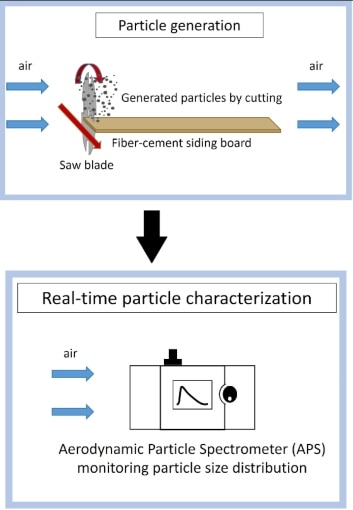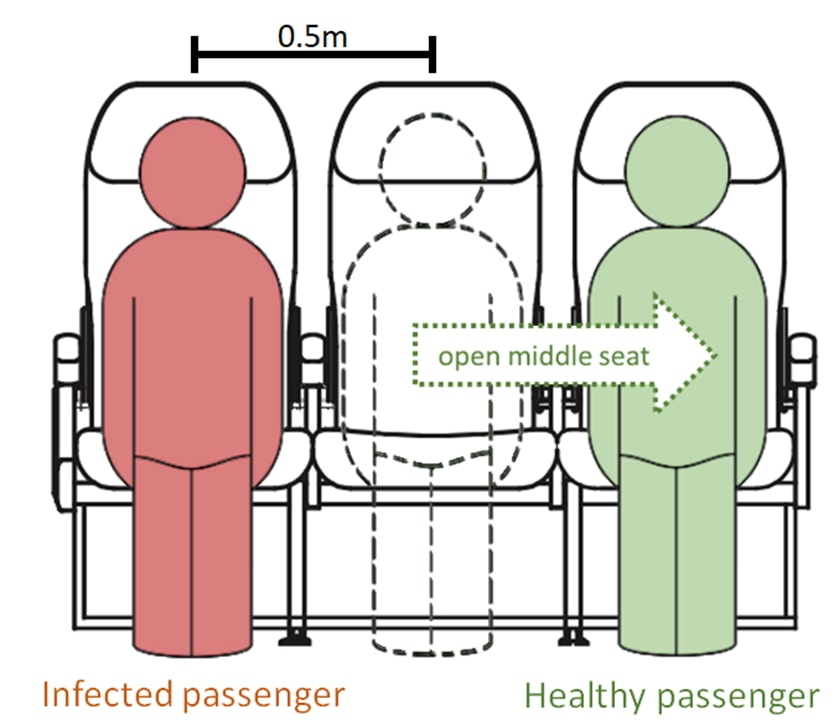Engineering Controls Program
The National Institute for Occupational Safety and Health (NIOSH) Engineering Controls Program protects workers by removing or reducing a wide range of occupational hazards and exposures. The program works with partners to provide engineering control solutions to reduce worker exposures including, but not limited to:
- Silica dust at mining, construction, and oil and gas extraction sites.
- Asphalt fumes during roofing and road paving.
- Hazardous airborne flavoring chemicals in food processing.
- Hazardous drugs in healthcare and veterinary medicine.
- Infectious aerosols in healthcare and during pandemics.
- Develop and test engineering controls for exposures including dust, chemical, infectious aerosol, and noise.
- Increase awareness and use of silica dust controls and work practices for tasks linked to silica exposure.
- Promote the use of engineering controls for silica and asphalt fumes to U.S. and international industry partners, regulatory agencies, and consensus standard bodies.
- Recommend specific NIOSH-engineered controls for emerging hazards in nanotechnology, robotics, and advanced manufacturing methods such as 3D printing.
- Evaluate the effectiveness of engineering controls to protect healthcare and veterinary workers from exposure to hazardous drugs.
- Design and evaluate engineering solutions to reduce infectious exposures during pandemics and routine healthcare activities.
- Published an evaluation of saw blade designs for cutting fiber-cement (see figure 1). This work identifies saw blade designs with lower dust releasing and higher on-tool dust collection efficiencies, which is expected to lead to lower silica dust exposure. In addition, it will guide future blade designs to further reduce silica dust exposure.
- Published a peer-reviewed laboratory-based evaluation of transparent barriers, which tested their ability to prevent aerosol transfer to workers while sitting or standing. This work will allow researchers to better understand the effects of aerosol-transmission interventions used in the workplace and how they can be used to prevent the spread of COVID-19.
- Published an MMWR on leaving middle seats vacant in aircraft cabins to prevent virus exposure. This study formed source distance models of experiments using a virus known as MS2, for Emesvirus zinderi, in ventilated cabin mock-ups to find vacant middle seats reduced exposures by 23% to 57% (see figure 2). The article has 36,021 views and downloads, two citations, and 334 news items.
- Publish a peer-reviewed journal article, which includes data on aerosol dispersion and the use of surgical masks collected by the U.S. Transportation Command, as a follow-up study to leaving middle seats vacant in aircraft cabins.
- Publish a peer-reviewed paper and fact sheets about the use of low-cost, portable, HEPA-filter based interventions in ambulance environments.
- Publish a peer-reviewed paper on the use of patient aerosol containment systems. This technology can help protect healthcare workers while they provide emergency care during the COVID-19 pandemic and during any future outbreaks of respiratory pathogens.

Mention of any company or product does not constitute endorsement by the National Institute for Occupational Safety and Health, Centers for Disease Control and Prevention
The NIOSH Engineering Controls Program seeks to protect workers through engineering interventions that eliminate hazards or allow safe work around them. This snapshot shows recent accomplishments and upcoming projects.

Fig 1. Particle generation and real-time characterization of dust exposure from cutting fiber-cement

Fig 2. Increased distance under a vacant middle seat policy reduced a healthy passenger’s relative exposure to an infec-tious passenger by 23% to 57%.”.
To learn more, visit
www.cdc.gov/niosh/programs/eng/
August 2022
